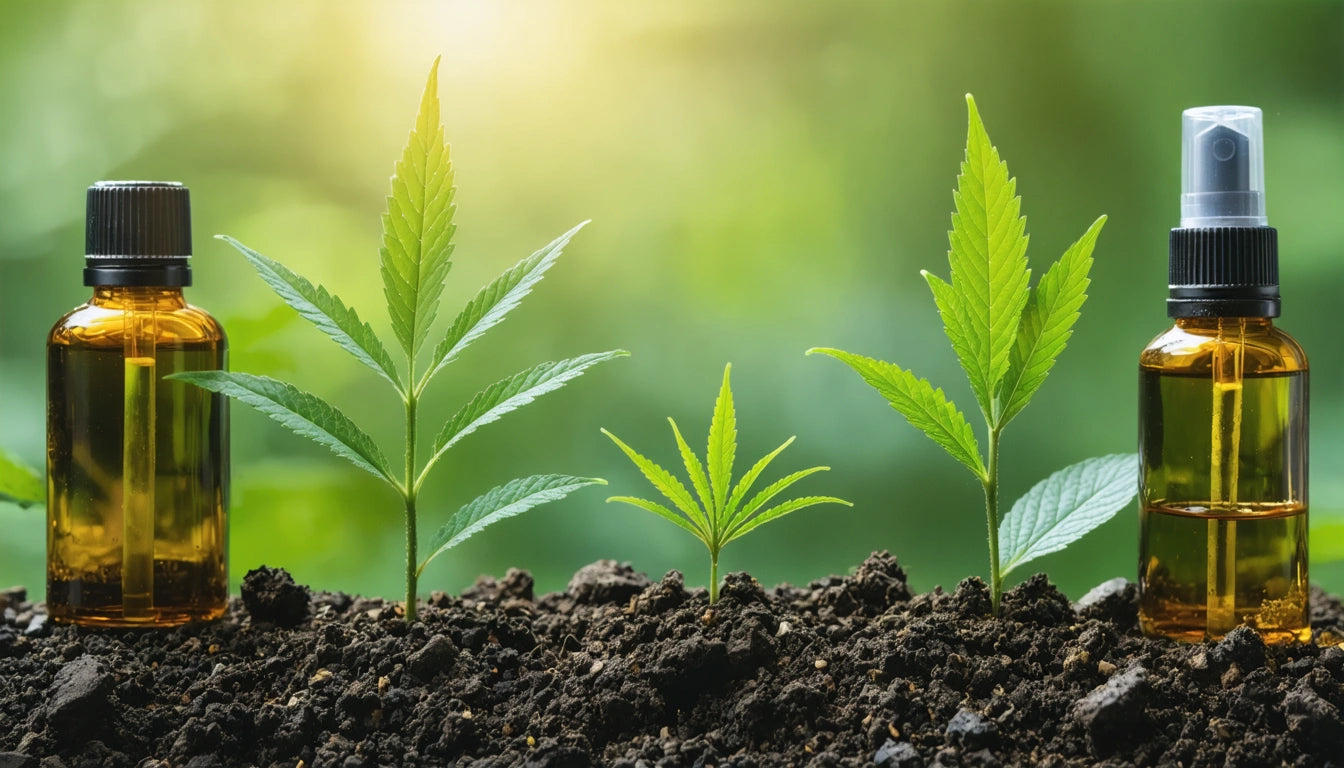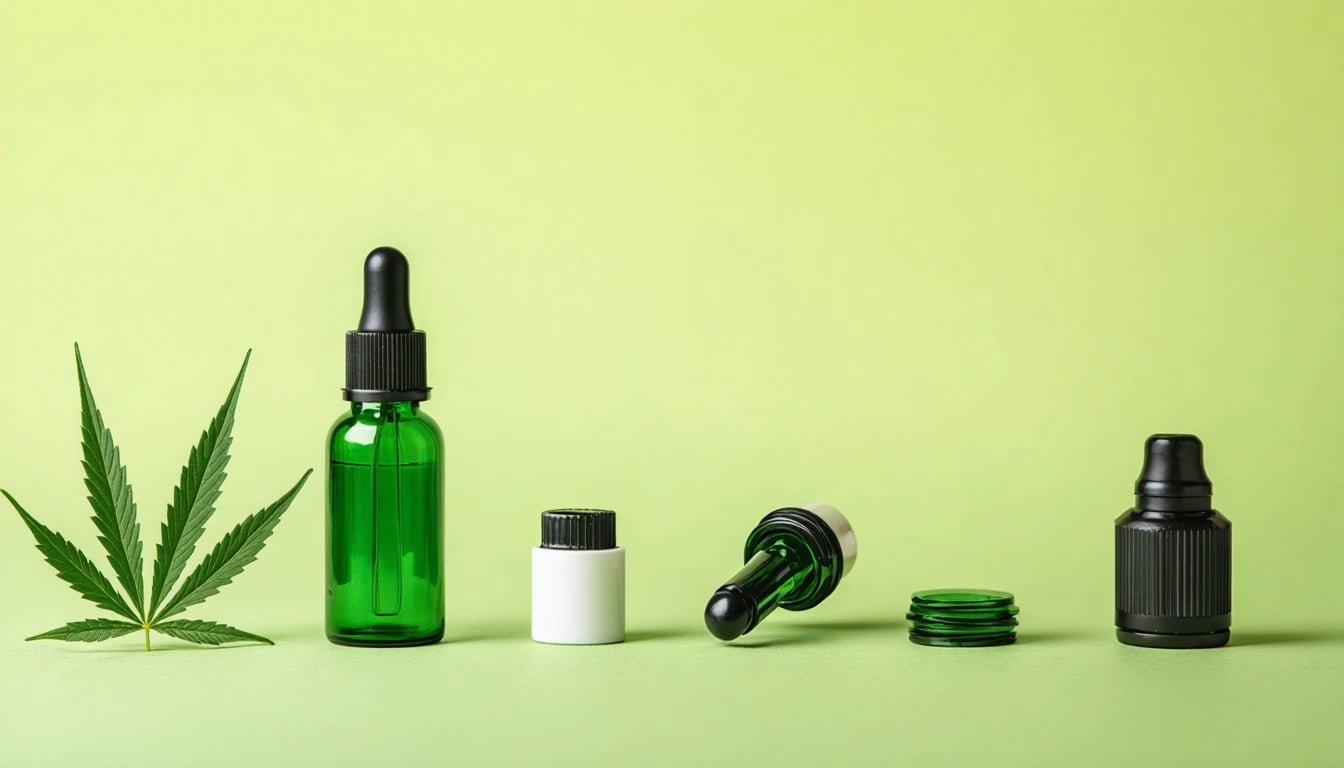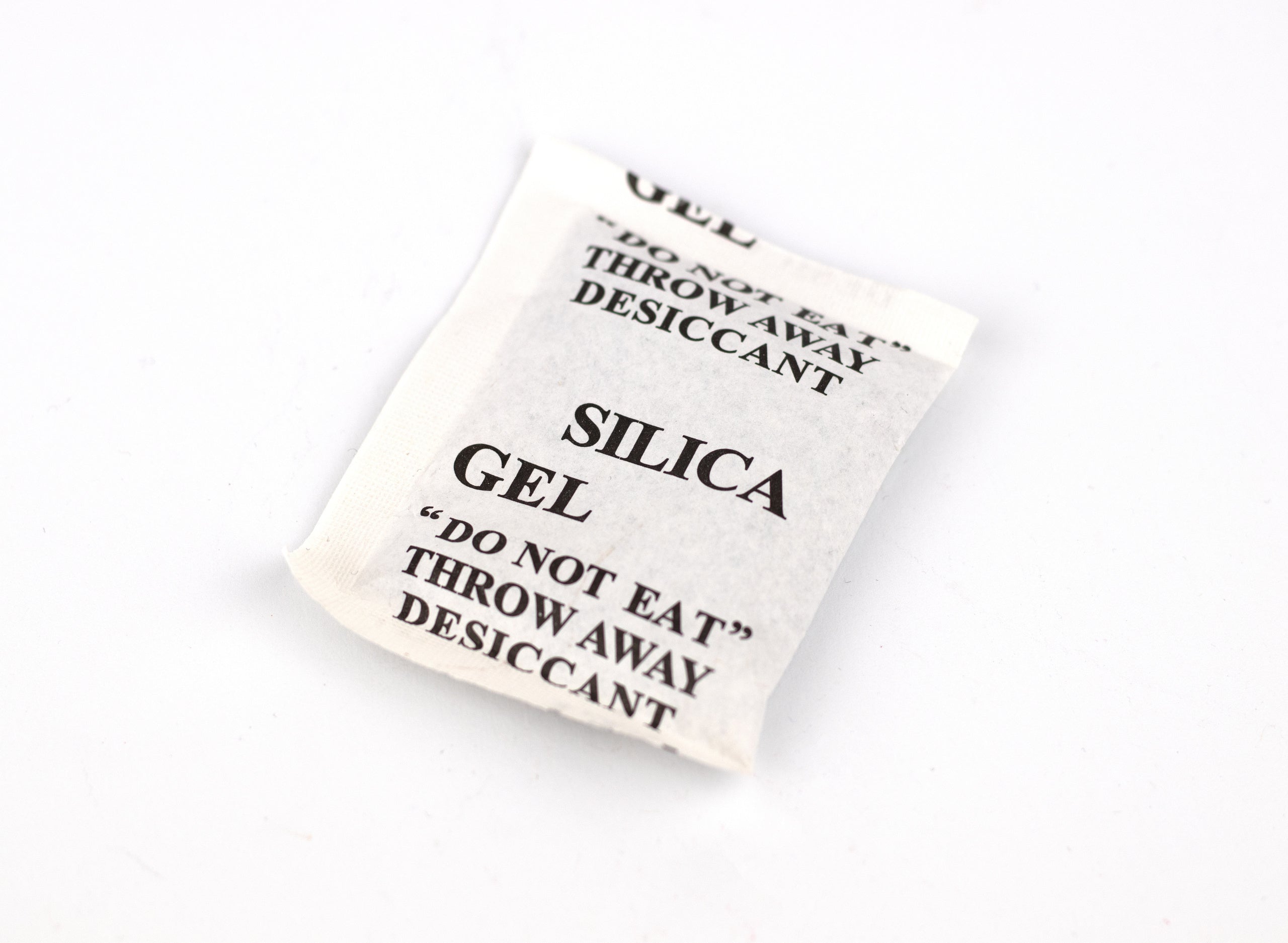Table of Contents
The cannabis industry faces unique packaging challenges, balancing strict regulatory requirements with growing consumer demand for environmentally responsible options. As sustainability becomes a market differentiator, brands are seeking viable alternatives to conventional plastic and non-recyclable materials without compromising product protection or compliance.
Environmental Impact of Traditional Cannabis Packaging
Traditional cannabis packaging often relies heavily on virgin plastics, multi-layer materials, and excessive packaging that contribute significantly to environmental waste. The industry's regulatory requirements for child-resistance, tamper-evidence, and product preservation have historically led to packaging solutions that are difficult to recycle and slow to degrade.
According to a comprehensive analysis of cannabis packaging materials, mylar bags and plastic containers remain dominant due to their cost-effectiveness and functional benefits, but their environmental footprint is substantial.
Biodegradable and Compostable Packaging Options
PLA (Polylactic Acid) Containers
Plant-derived PLA offers a promising alternative to petroleum-based plastics. Made primarily from corn starch or sugarcane, these containers can biodegrade under commercial composting conditions while providing similar barrier properties to conventional plastics.
Compostable Films and Pouches
Innovative films created from cellulose and other plant materials are emerging as alternatives to traditional mylar bags. These materials break down more readily while still providing adequate moisture and oxygen barriers for cannabis products.
When considering these alternatives, it's important to understand how material choice affects product preservation. Heat resistance and light protection capabilities remain critical factors for maintaining cannabinoid potency and product freshness.
Recycled and Recyclable Materials
Post-Consumer Recycled (PCR) Plastics
PCR plastics reduce virgin material demand by incorporating previously used plastics into new packaging. Many cannabis brands now offer containers with 30-100% PCR content, significantly reducing their carbon footprint while maintaining structural integrity.
Recyclable Mono-Materials
Single-material packaging solutions are easier to recycle than multi-layer alternatives. By using mono-material designs for tubes, jars, and boxes, brands can ensure their packaging enters the recycling stream more effectively.
Understanding material grades like PET, HDPE, and PP is essential when selecting recyclable options, as each offers different benefits for specific product types.
Hemp-Based Packaging Solutions
The cannabis plant itself presents a compelling packaging solution. Hemp-based materials offer several environmental advantages:
- Biodegradability without industrial composting
- Carbon-negative growth cycle
- Reduced water and pesticide requirements compared to other crops
- Natural antimicrobial properties beneficial for product preservation
Hemp fiber packaging is particularly suitable for secondary packaging like boxes and inserts. Some innovative brands are even exploring custom pre-roll packaging solutions that incorporate hemp-based materials, creating a full-circle approach where the product and its container share the same sustainable origin.
Balancing Sustainability with Compliance
Sustainable packaging must still meet strict regulatory requirements. This includes child-resistance features, tamper-evidence, and product preservation capabilities. Food safety considerations add another layer of complexity, particularly for edible products.
When evaluating sustainable options, brands should look for recognized certifications such as:
- BPI (Biodegradable Products Institute) certification
- ASTM D6400 or D6868 standards for compostability
- FSC (Forest Stewardship Council) certification for paper-based materials
- USDA Biobased certification
These certifications help verify environmental claims and ensure materials meet established sustainability standards.
Innovations Driving the Future of Green Cannabis Packaging
The cannabis packaging landscape continues to evolve with promising innovations on the horizon. Algae-based plastics, mushroom packaging, and advanced paper technologies are emerging as potential game-changers for the industry.
Material selection also significantly impacts shelf life, weight, and shipping costs. Lighter materials reduce transportation emissions, while better barrier properties extend product freshness without additional preservatives.
As consumer awareness grows and regulations evolve, brands that invest in sustainable packaging solutions today will likely gain competitive advantage and brand loyalty in the increasingly eco-conscious cannabis market. The industry's unique challenges have sparked remarkable innovation, potentially positioning cannabis as a leader in sustainable packaging practices that other sectors may eventually adopt.











Leave a comment
All comments are moderated before being published.
This site is protected by hCaptcha and the hCaptcha Privacy Policy and Terms of Service apply.